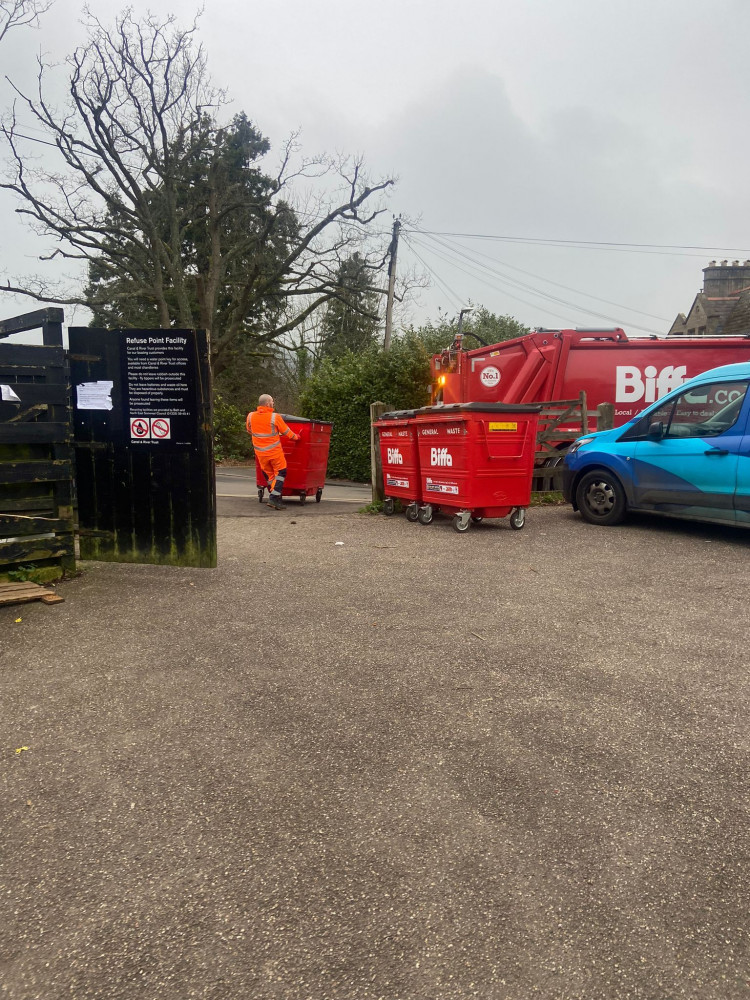Fascinating and dark history for the listed pub, the Fir Tree Inn, at the top of Radstock
By Susie Watkins
13th Feb 2021 | Local News
You cannot miss the former Fir Tree Inn at the top of Radstock.
The pub is a Grade II listed building and was registered in 1979, so it is protected, and has been at this site for hundreds of years.
Back in 1837 it was also where a dark murder was plotted, starting as with so many crimes, when greed showed its hand.
It all started when two working men showed that they were carrying more than a week's wages in their pockets, as they enjoyed a drink in the pub.
Thank you to Somerset Coalfield Life at Radstock Museum for this horrific history on The Murder of George Teaque 5th December 1837 in Writhlington.
On December 5th, 1837, George Teaque and James Kittledale drove a cart from Bradford on Avon to Writhlington's Huish Colliery off Frome Hill to collect coal.
They arrived at 1 o'clock in the afternoon but were unable to load because there were so many carts already waiting so by the time they finished was too late to go back , so they decided to stay the night and return the next day.
At around 8 o'clock that evening George and James went to the Fir Tree public house in Writhlington, where they got into conversation with some men in the pub, James Lines and Moses Tyler who handed them a glass of beer each.
George took from his pocket 9s.6d (9 shillings and 6 pence) and picked out the change needed to pay for the beers.
Just before they left, Lines and Tyler asked George and James where they were going to sleep to which they replied in the stables at Huish Colliery.
Putting themselves in danger
George and James made their way from the Fir Tree pub and walked the short distance back to Huish Colliery stables where they fell asleep.
Sometime later, James awoke to hear violent blows and saw Lines from the Fir Tree pub, beating his mate George with a large stick,
James jumped up and ran as fast as he could to get help but was knocked down only a few paces from the stable door by a man called Solomon Plummer. Plummer stuffed straw into James' mouth but James managed to pull most out and ran 50 yards to the winding engine house where John Heale was sitting by the fire. Not long before James rushed into the winding house to fetch John Heale, John had arrived at the colliery for the night when Lines, Tyler and Plummer came into the building. Lines picked up one of the large sticks about four feet long and beat the fire with it.Moments later John heard a noise up at the stable as if some persons were fighting, so he went outside and heard a lad shouting "don't ye, don't ye!" John went back into the winding house when James came running in bleeding badly. James told John his partner was in the
stable and that he did not know if his partner was dead or alive. John and James went to the stable to discover George lying on the door, he was covered in blood and there was blood all around him…..George was dead…..John and James checked George's pockets and his money had gone but for a few pennies.Was the motive for George's murder robbery? Did the guilty men get caught? To find out what happened next order issue no. 94 of Radstock, Midsomer Norton & District Museum Society's journal "Five Arches" by emailing [email protected] £4. The full article includes a lovely photo of Huish Colliery in its heyday. You can subscribe to Five Arches published three times a year by emailing [email protected]
In 1837 a quart (equivalent to two pints) of beer cost around 1d (1penny) The 9 shillings and 6 pence George Teaque produced in the pub was more than a week's earnings for many of Victorian's working classes.
In the 1860s, (23 or more years after this murder), a labourer in London would receive only 3s 9d (3 shillings 9pence) a week. Each shilling was equal to 12d (12 pence) hence George's 9s 6d was a lot of money.
The history of the local colliery
Coal was mined at Huish Colliery from the 1820s. In 1855 an incline railway line ran tubs down to sidings to load coal onto the GWR line to Frome. The colliery closed in 1912. The site of Huish Colliery is at the end of Lillington Road, Writhlington. On the right of the road is the old weighbridge and office and on the left the former colliery offices have been converted into private dwellings. The pithead, shaft, engine house and boiler buildings were beyond in what is now a field. The engine house would have been where John Heale was found by the fire. The stables just 50 yards away from the engine house. Story put together by Lucy Tudor from research by Dennis Chedgy from Radstock Museum.
New midsomernorton Jobs Section Launched!!
Vacancies updated hourly!!
Click here: midsomernorton jobs
Share:





